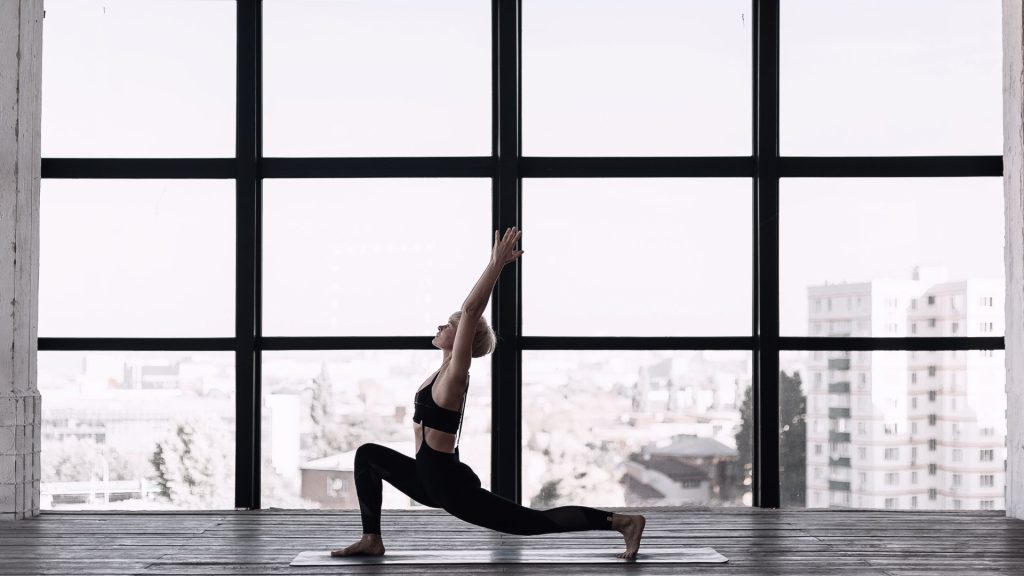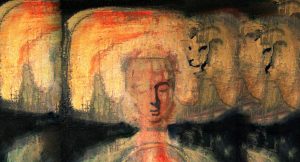While it might be easy to imagine acting with courage, it can often be difficult to put into practice. And because courage itself is often an innate response to a scary or stressful situation, you often don’t find out if you are able to act with courage until it is too late.
Courage needs to be built over time. But because it is an abstract concept, it can often be difficult to put into practice. That’s why we’ve developed the following formula to ensure that you act with courage in any given situation.
Our formula for building courage can be broken down into three distinct steps. These steps both reflect the long-term journey of building courage over a lifetime, as well as the short-term implementation of courage in a single moment.
This formula requires no prerequisite knowledge or physical or mental acumen. Whatever challenge or obstacle is at hand, if you approach it using these three steps, you will approach it with true courage.
The Formula for Building Courage
1. Keep calm. When facing an unexpected change, a sudden problem, or imminent threat, we don’t gain anything by allowing our emotions to take control.
Only by first establishing a foundation of calmness can we proceed knowing that our mind is in the right place to make decisions and act upon them. Before we can solve any problems, in other words, we must be in the right state of mind to be able to deal with them.
How can we remain calm, especially in stressful situations? Breathing and meditation exercises can help us calm down in daily life, or in high-pressure situations when we need to proceed with courage.
2. Concentrate. We must focus on the situation at hand to discover the correct course of action. When facing a particular challenge or obstacle, we must make sure that we aren’t distracted in order to truly get to the heart of the matter.
While concentrating on the situation at hand with calmness, we are also able to properly evaluate it without letting emotion cloud our minds. Only then can we make the right decision about how to proceed.
Utilizing mindfulness techniques can help us focus on the present moment, and fully concentrate on the tasks at hand and decisions that need to be made.
3. Take Action. Once we have calmly decided on the best course of action, it’s time to act on that decision. And because we have made a carefully-considered plan of action, we can act with the confidence that we are doing the right thing.
Self-motivational practices such as affirmations, mantras, and anchors can inspire us to act once we know the right thing to do.
NEW! Put the principles from this article into practice with the free courage-boosting MaArtial app on the App Store for iOs and Play Store for Android.
Implementing the Formula
When most people think of courage, they only picture the action. But while the action is the physical manifestation of courage, true courage can only be achieved
It might seem daunting to run through a formula the next time you find yourself in a scary situation and need to act with courage. But try to use this formula in your day-to-day life, and it will become easy to instantly implement it when most needed.
To put the formula into action, just ask yourself a series of questions:
Am I calm? If not, take a few moments to settle your nerves before moving on.
Am I focused? If not, try to eliminate any distractions in order to determine the best course of action.
Can I act? If you’re calm and collected, have confidence in the fact that you’re ready to proceed with courage.












